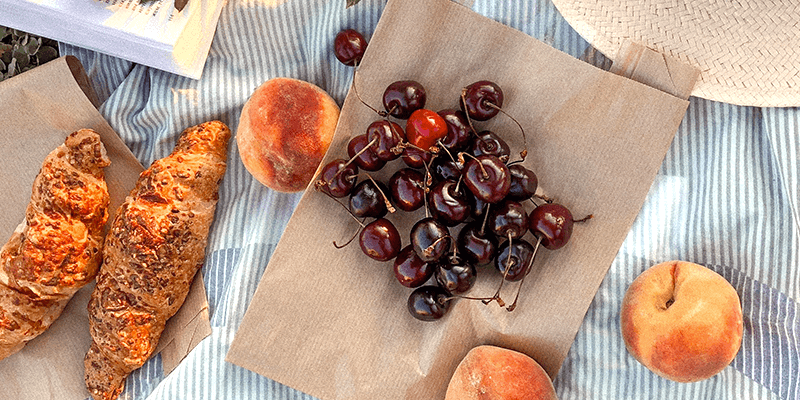Sugars are carbohydrates. Sugars can be found in many types of carbohydrates including fruits, vegetables, dairy, and grains. Each type of carbohydrate differs from one another chemically and can be classified by the number of sugar units as well as the types of sugars. They can be found as a single sugar unit or can bond together to form longer chains of sugars. You may be familiar with the terms simple and complex carbohydrates. Simple carbohydrates or 'simple sugars' include one (monosaccharide) or two sugar molecules (disaccharides). Whereas complex carbohydrates contain many sugar molecules linked together (polysaccharides). Let's take a closer look.

Let's take a closer look at the simple sugars beginning with monosaccharides. Fructose is the sweetest of all sugar and commonly found in fruits and honey. Galactose is commonly found in dairy products like milk, yogurt and cheese. Glucose is a one of the most well-known monosaccharides, which circulates in the blood — otherwise known as blood sugar. It can also be found in combination with other sugars to create disaccharides like sucrose, lactose or maltose. A disaccharide is two sugar units linked together. For example, sucrose is a bond between glucose and fructose. Sucrose is also commonly known as table sugar. It's found in a variety of products and naturally occurring in some fruits and vegetables. Lactose is another disaccharide, which is glucose and galactose linked together. It's found in all dairy products, as well as whey and casein. Lactose is the only source of sugar derived from animals and it's the least sweet of all sugars. Lastly, maltose or malt sugar commonly found in cereals, shakes, candy and molasses. It can also be used for fermentation in adult beverages. Then there are complex carbohydrates or polysaccharides, which are commonly found in starchy plant-based foods and fibrous food sources. Polysaccharides are long chains of carbohydrate molecules. Some are digestible whereas some are not. Glycogen and starch can both be digested. Glycogen are many glucose units linked together and are generally found in the liver and muscle of the body. Starchy foods are plant-based foods like beans, peas, lentils, tubers, grains (wheat, oats, barley, rye). Starchy foods contain polysaccharides called amylose or amylopectin. They can contain up hundred, thousands or even millions of glucose units. Secondly, there are indigestible polysaccharides known as fiber. Fiber can't be fully digested or absorbed, instead they go through the body mostly intact. Fiber is found in whole grains, legumes, tubers and psyllium found in cereals.
As you can see, sugar is found in a majority of the food groups and in a variety of foods. Carbohydrates are a fundamental part of the diet and the body prefers to run on sugars. Although carbohydrates are made up of sugars, remember that they are also made up of other nutrients. Depending on the source — carbohydrates can contain a variety of nutrient, vitamins, and minerals. Be mindful of overall daily dietary intake and include balance, variety and moderation.

